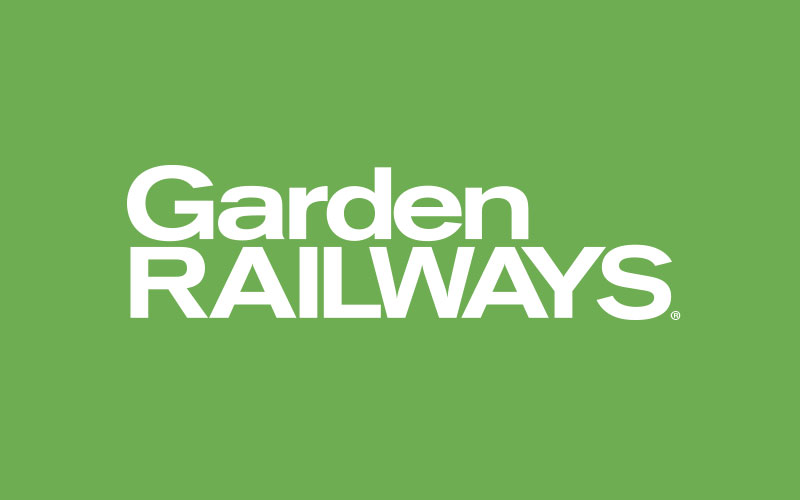
Have questions about getting started in garden railroading? Start here. What are large scale trains? “Large scale” is a term that denotes trains that are larger than 0 scale (1:48) but smaller than the trains that are large enough to ride on. Large-scale trains generally run on gauge 0, gauge 1, or gauge 3 track. […]
Read More…
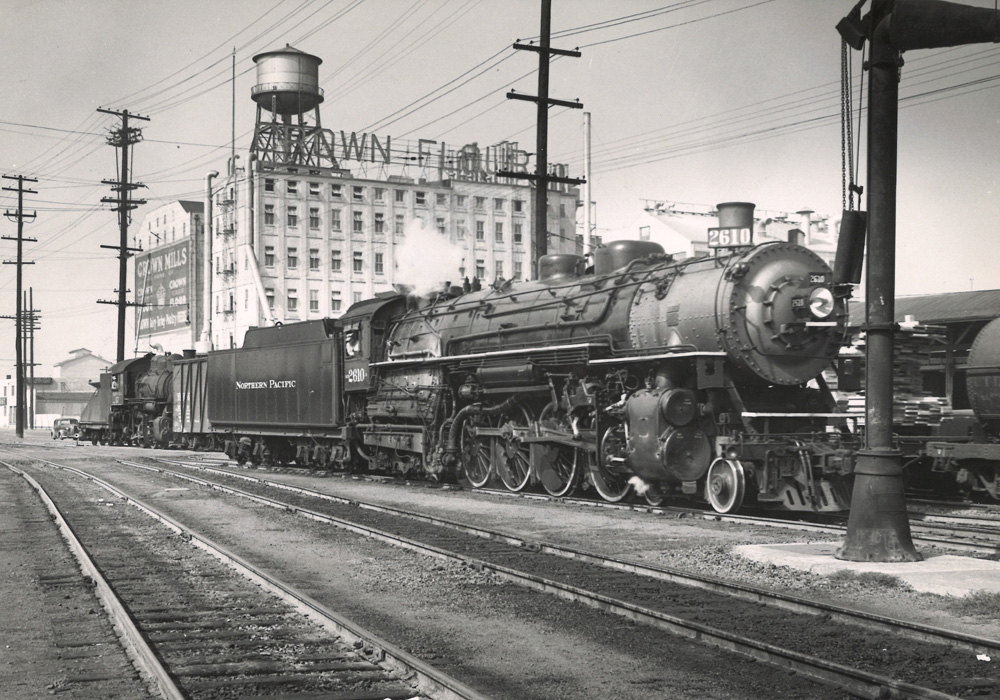
Q: I have a 5’-6” x 6’-0” HO scale layout modeling south-central Oregon in the years 1950 to 1979. I want to model the industries that I grew up around in that area – potatoes, wheat farming, cattle ranching, and logging. The members of the train club I’m in say that the railroads quit hauling […]
Read More…
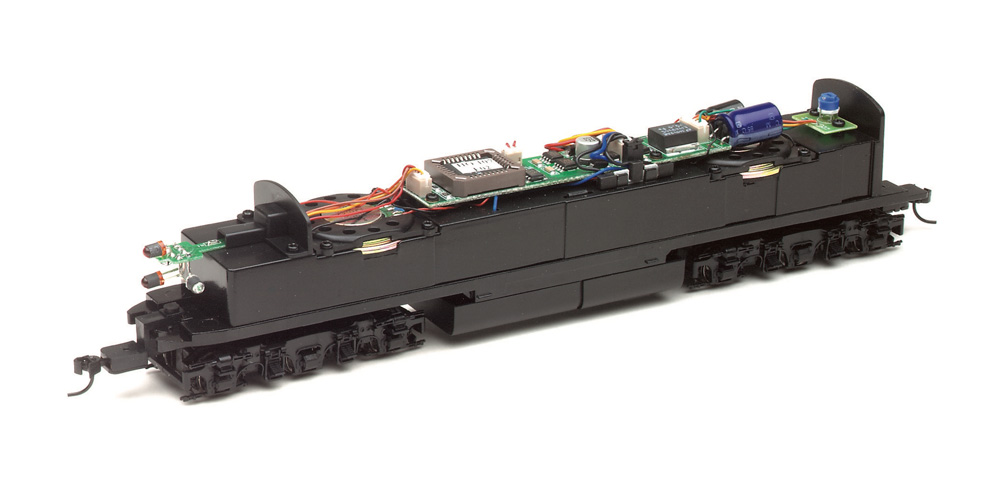
Q: I’ve been a model railroader for many years, and my layouts have all been direct current. My daughter gave me a used Life-Like Proto2000 EMD E6 diesel that she purchased at a train show. The box says it’s equipped with a DCC plug, but an included card said “factory installed sound.” I don’t know […]
Read More…
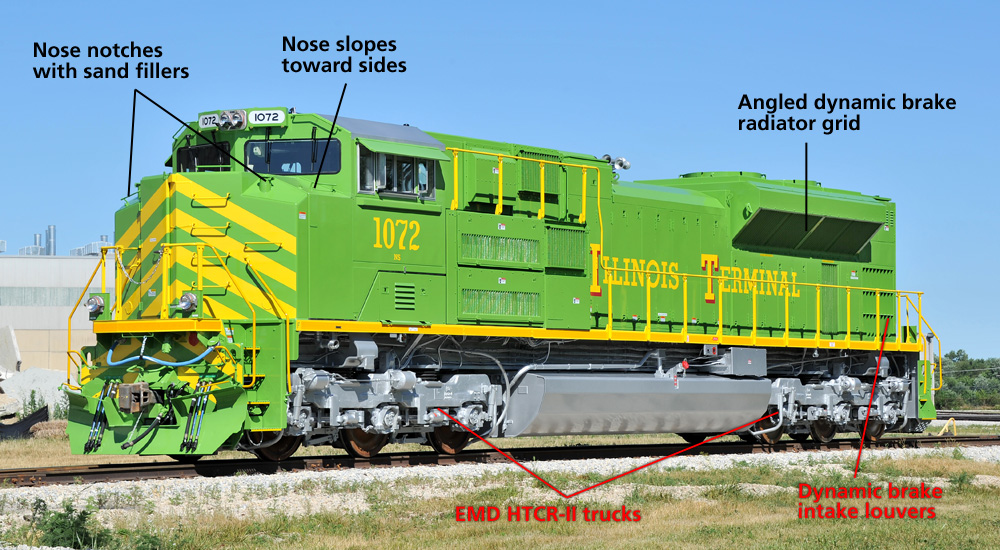
Q: In the good old days, it was fairly easy to distinguish among the major diesel locomotive players, especially the carbody units from Alco, Baldwin, and Electro-Motive Division (EMD). They all had distinctive noses and cabs. My question: Are there some features that will help with spotting EMD vs GE diesels I see on railroads […]
Read More…
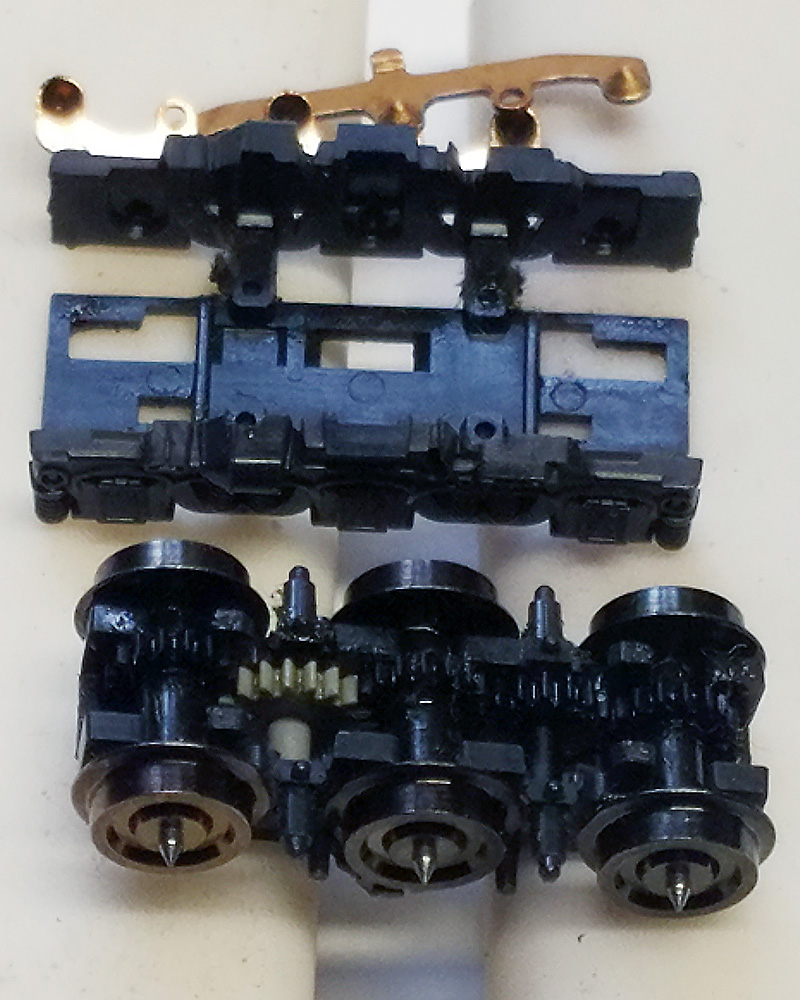
Q: I have an N scale Athearn EMD F45 locomotive with factory DCC and sound, released in 2016. I bought it new, and it worked until I activated different sounds, after which it shorted out. As soon as track power is turned on, my circuit breaker trips. When I tried bypassing the circuit breaker, it shorted […]
Read More…
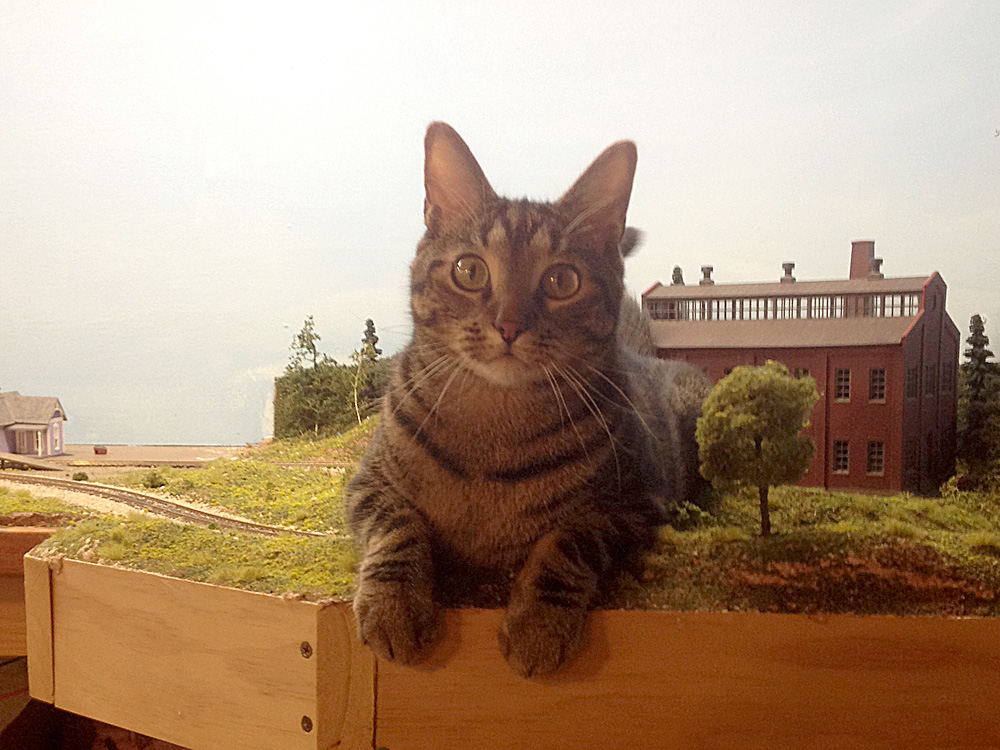
As the saying goes, curiosity killed the cat. But if you, like me, have both cats and model trains, it’s usually your layout that suffers the brunt of your cat’s curiosity. Model train layouts have all kinds of enticing chewable trees, invitingly textured landscaping, and of course, fun moving cat toys (a.k.a. locomotives). So what […]
Read More…
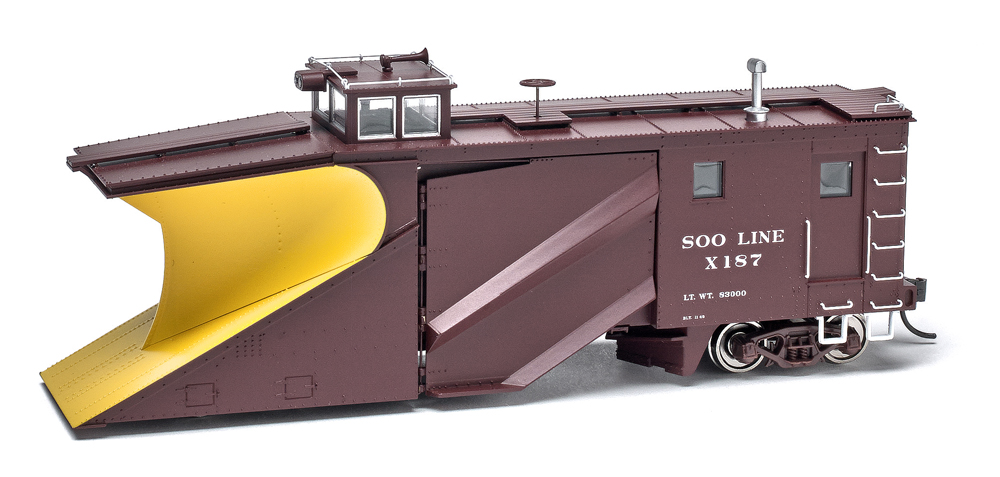
In model railroad snow plow rolling stock round-up, we thought it would be fun to take a look at models of snow fighting equipment available in N, HO, and O scales. This is not meant to be an exhaustive list. Rather, it’s a look at some of the ready-to-run models and a few kits that […]
Read More…
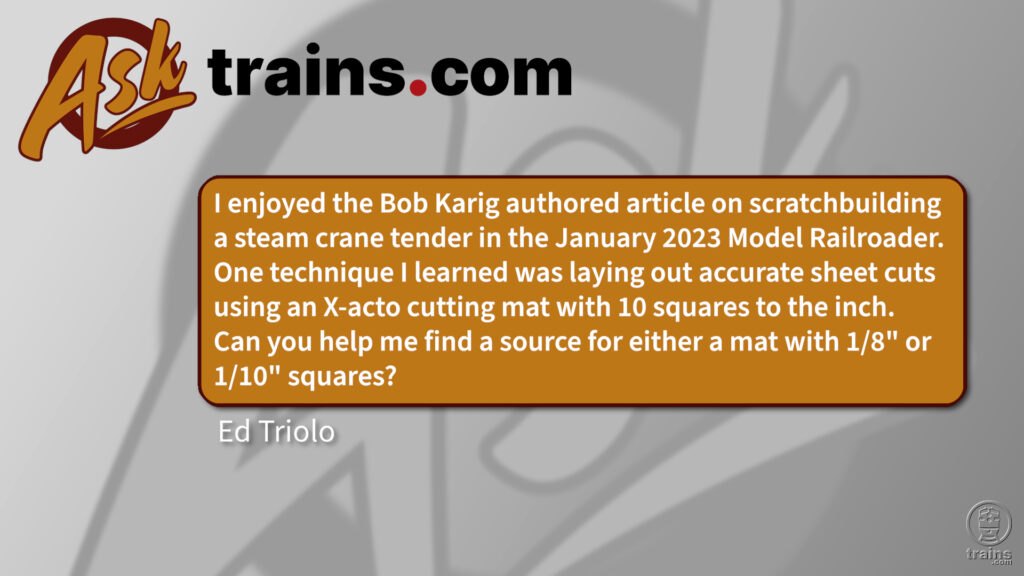
Can you help find a specific X-Acto cutting mat?: Cody helps a viewer find a specific X-Acto cutting mat with 1/8″ or 1/10″ cutting squares as seen in a Model Railroader story story from January 2023. Are you looking to learn more about your model railroad, or do you have questions about full-size trains? Send […]
Read More…
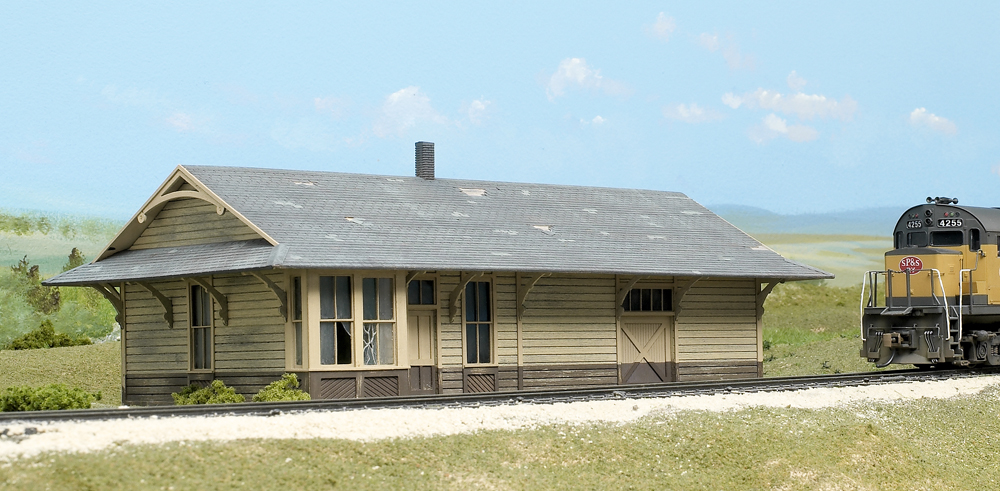
Model a weather-beaten wood structure: In model railroading, weathering is typically associated with freight cars and locomotives. However, structure weathering is another way to add realism to a layout. Peeling and faded paint, a roof in need of repair, and broken glass are just a few of the ways to turn an ordinary structure into […]
Read More…

How do I find out of production locomotive wheelsets? Cody provides tips for finding out of production locomotive wheelsets at various locations, from online bidding sites to the consignment section of a local model railroad shops. Are you looking to learn more about your model railroad, or do you have questions about full-size trains? Send […]
Read More…
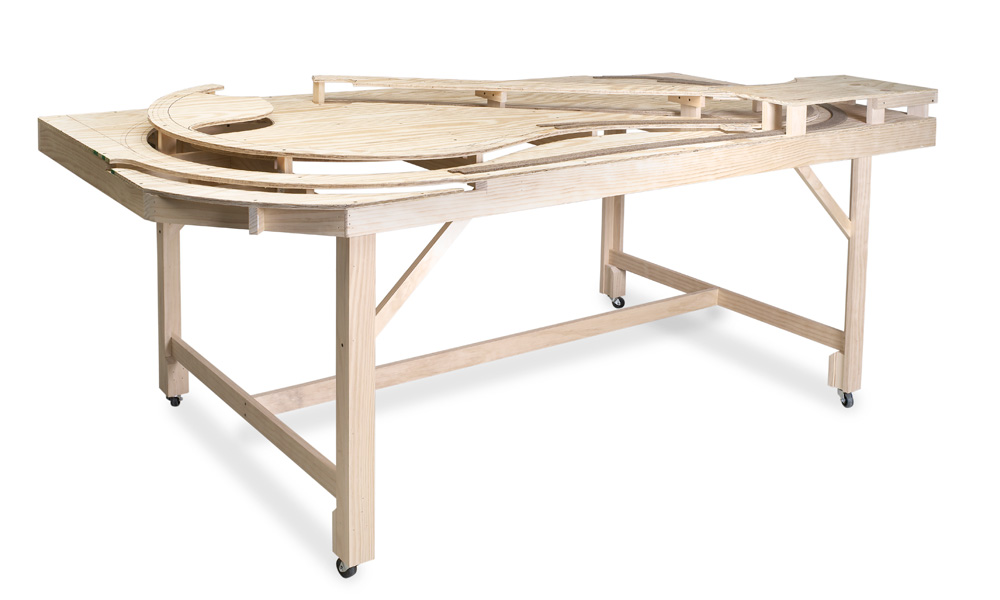
Q: I have built three HO scale railroads and am in the planning stages of my fourth, which will be my last. I want to do this one right. I have seen many articles about how to construct open grid benchwork, but none provide instructions about how to install structures, roads, fields, etc. into the […]
Read More…
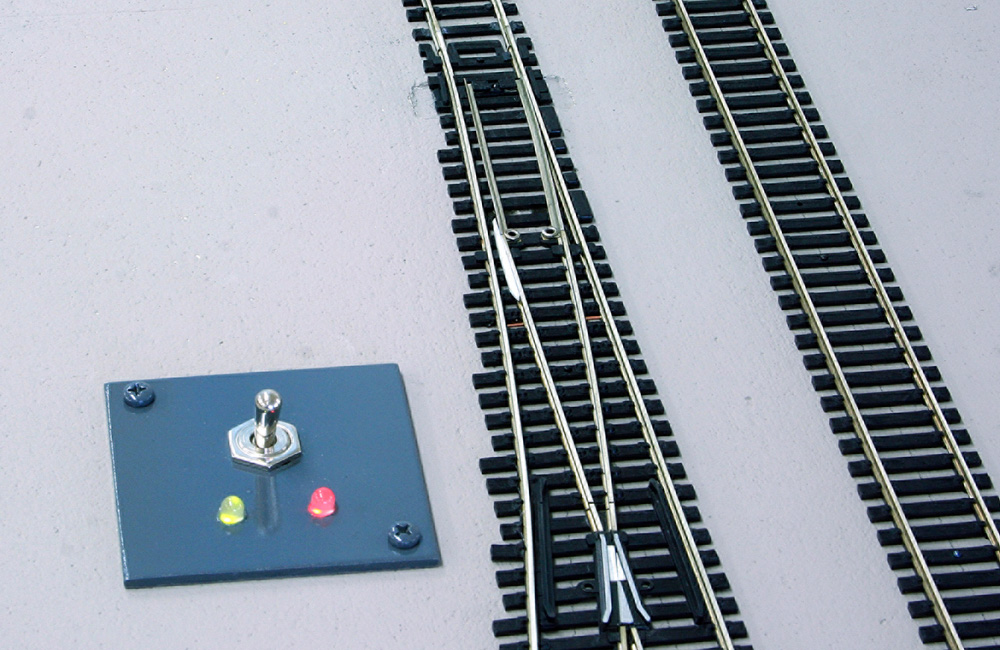
Q: I would like to add red and green lights to my HO scale Peco turnouts. How would I use an LED to indicate turnout direction? – Joseph Chiarolanzio A: There’s a simple way to do it, but it depends on your turnout being powered. The easiest way is if you’re using a Tortoise by […]
Read More…












